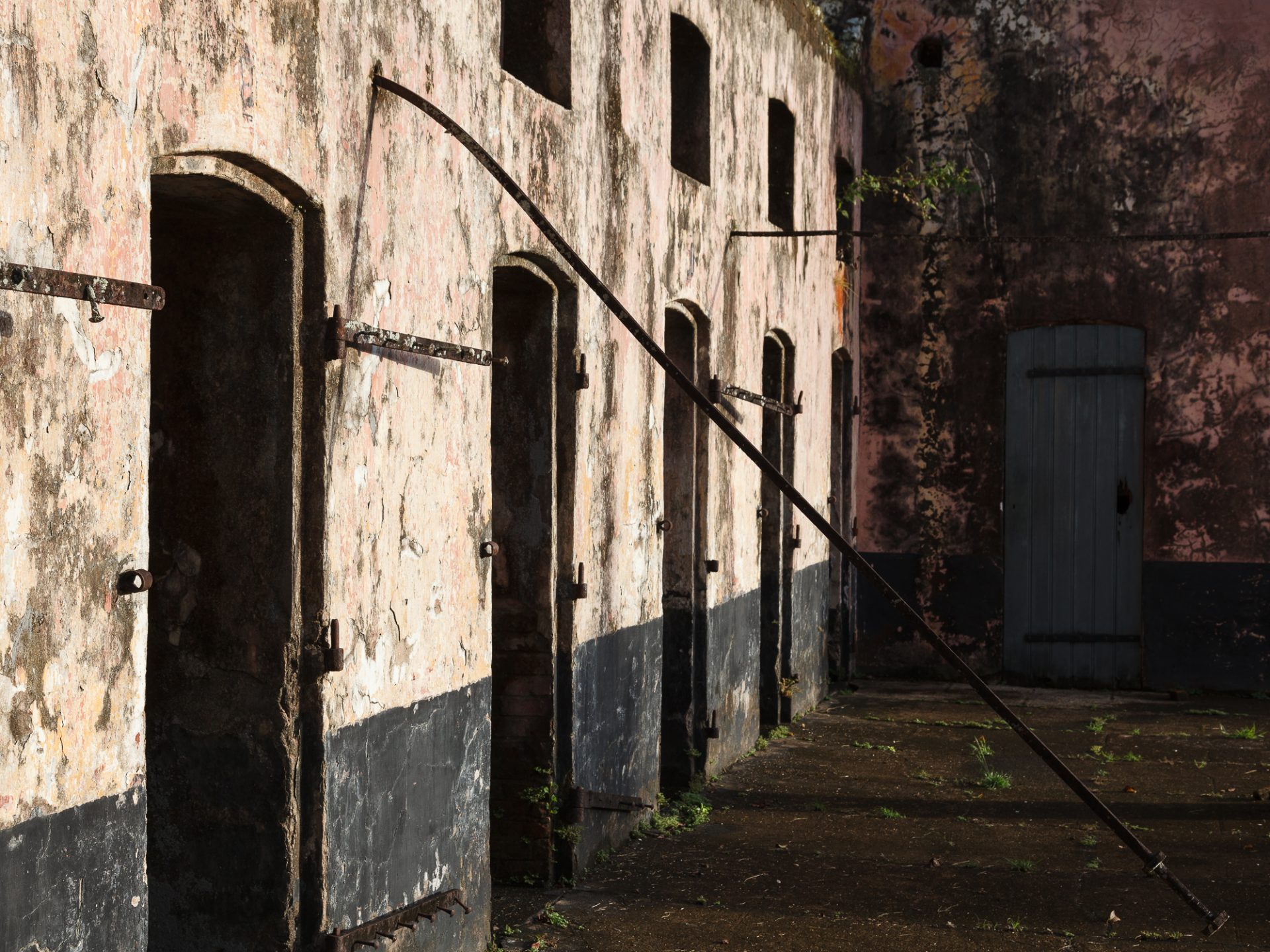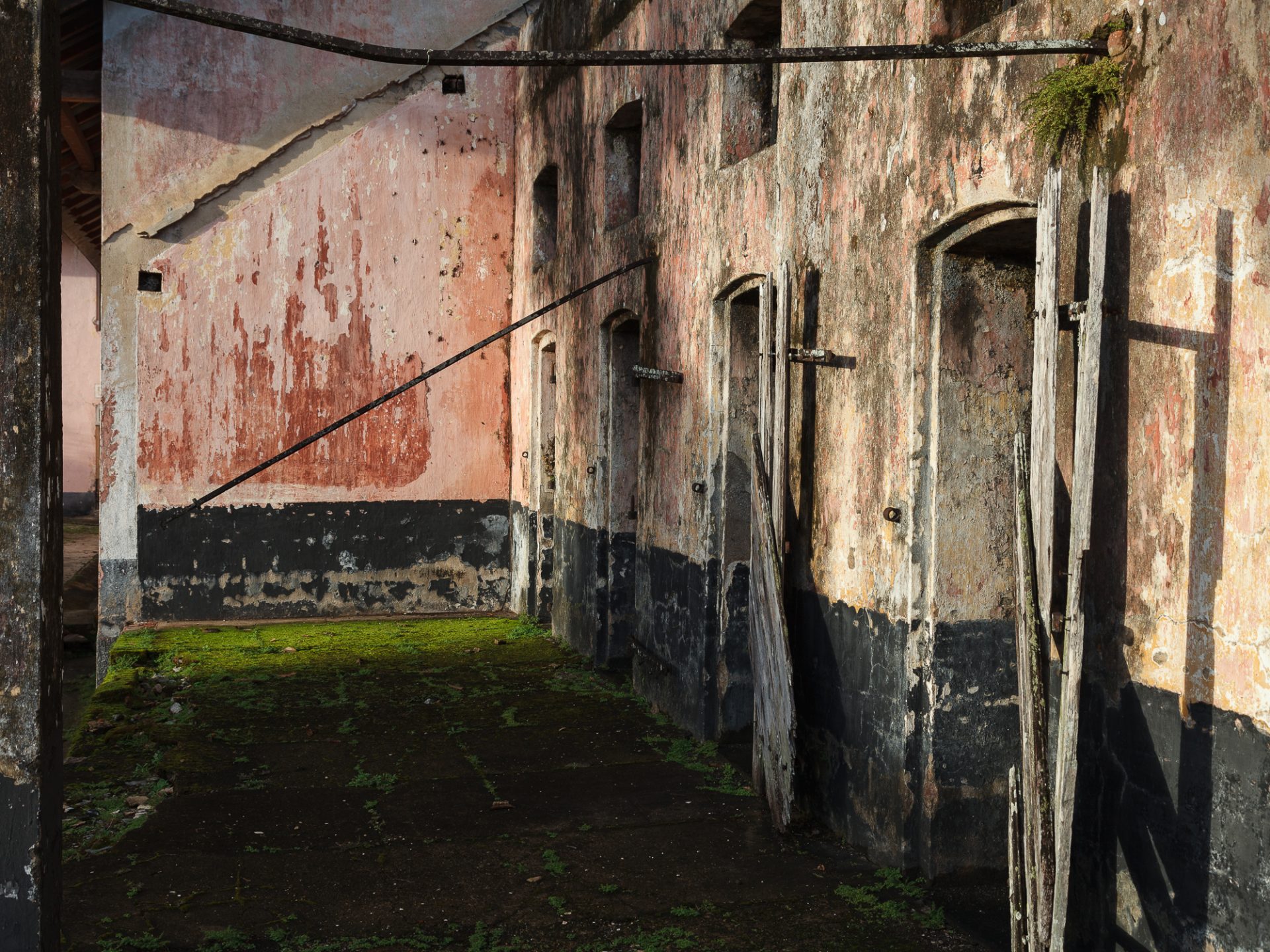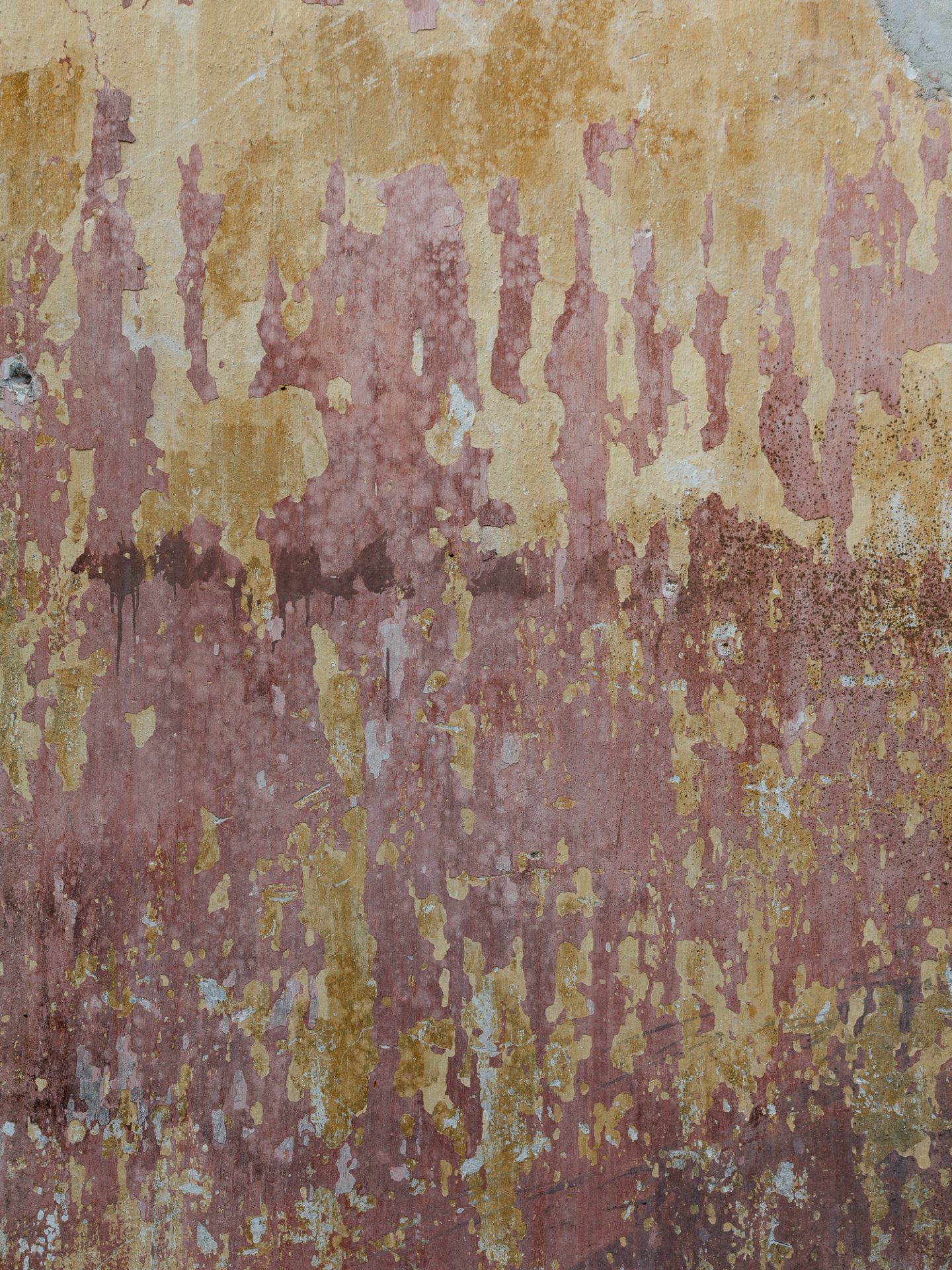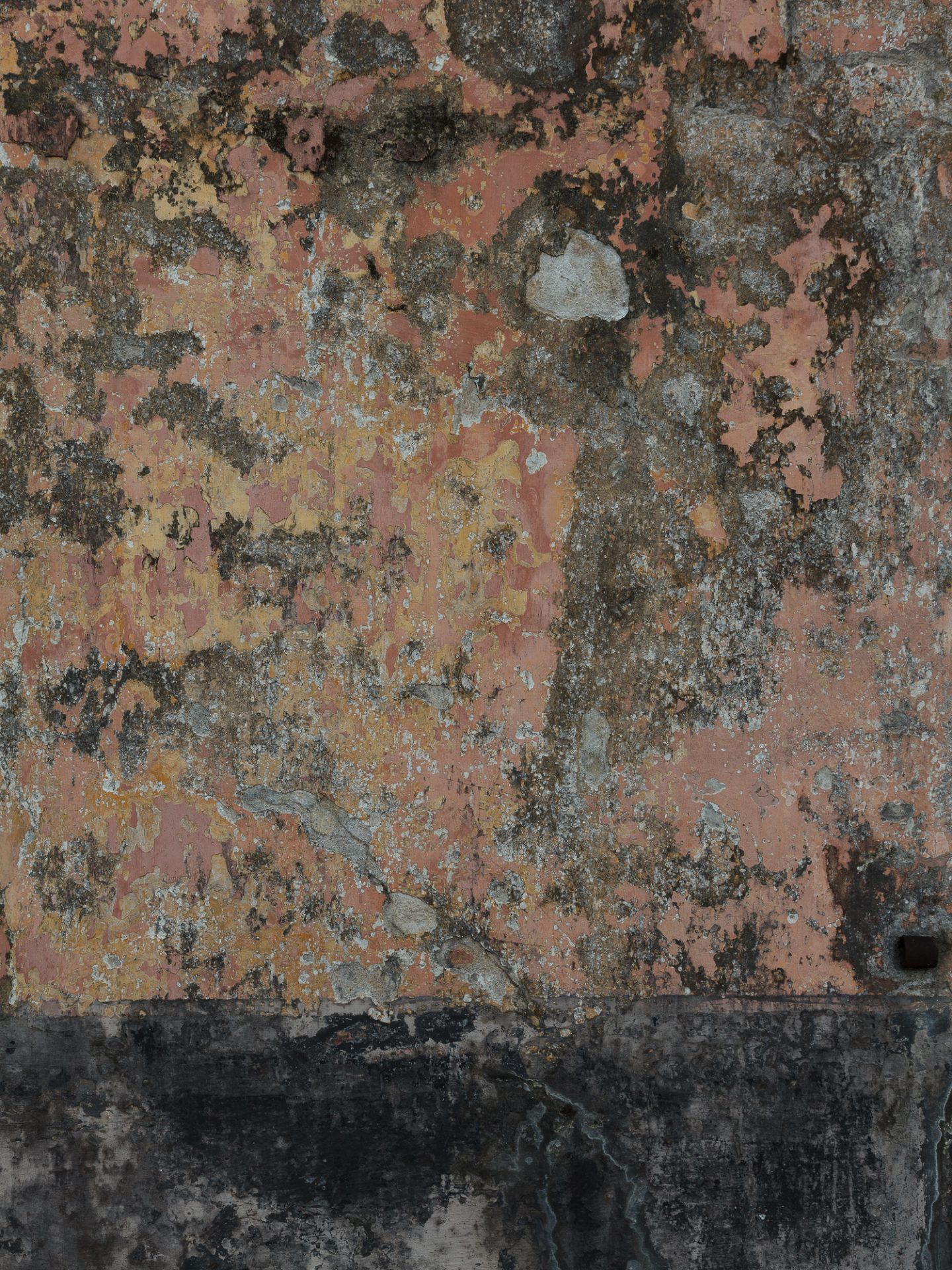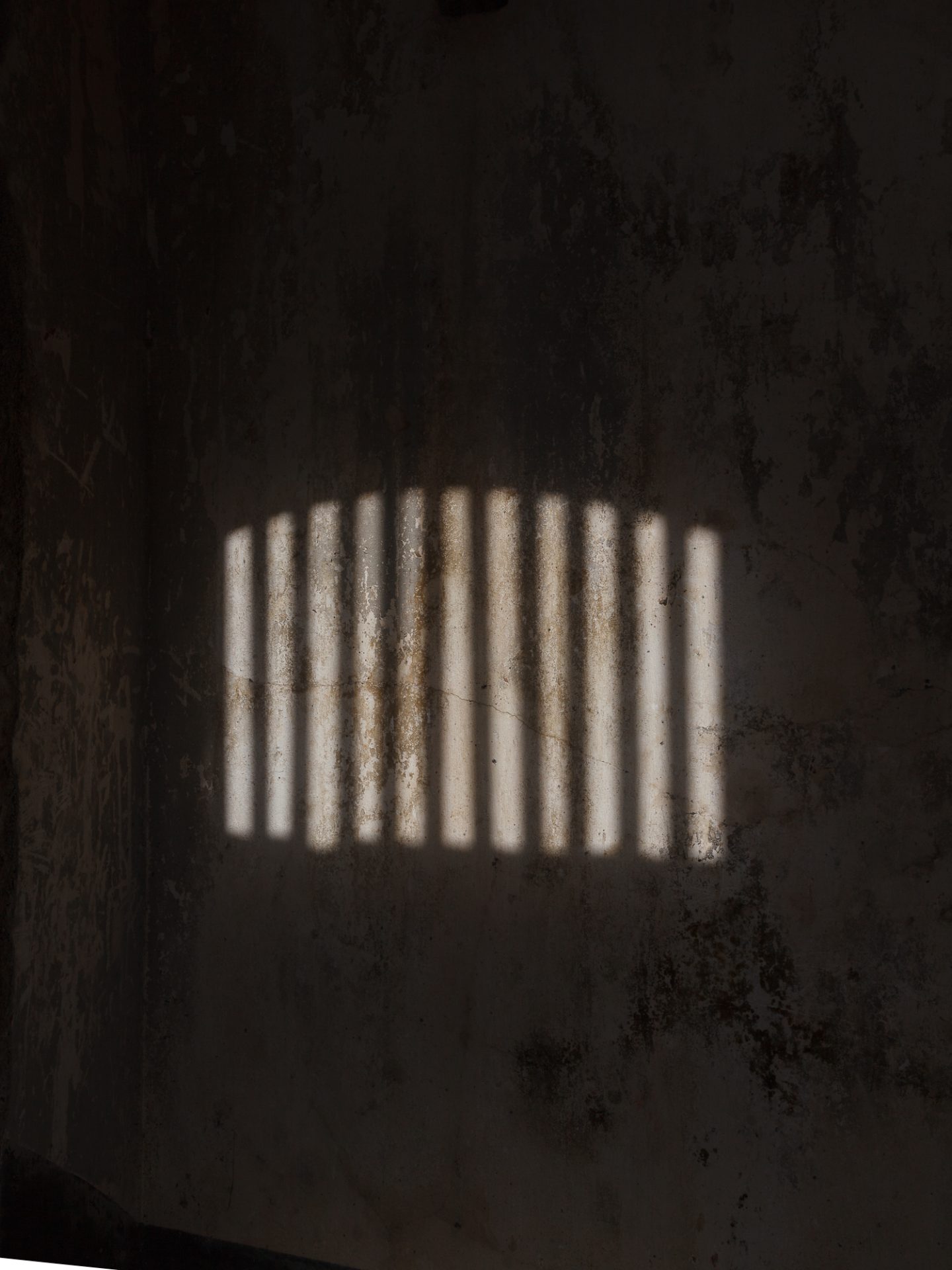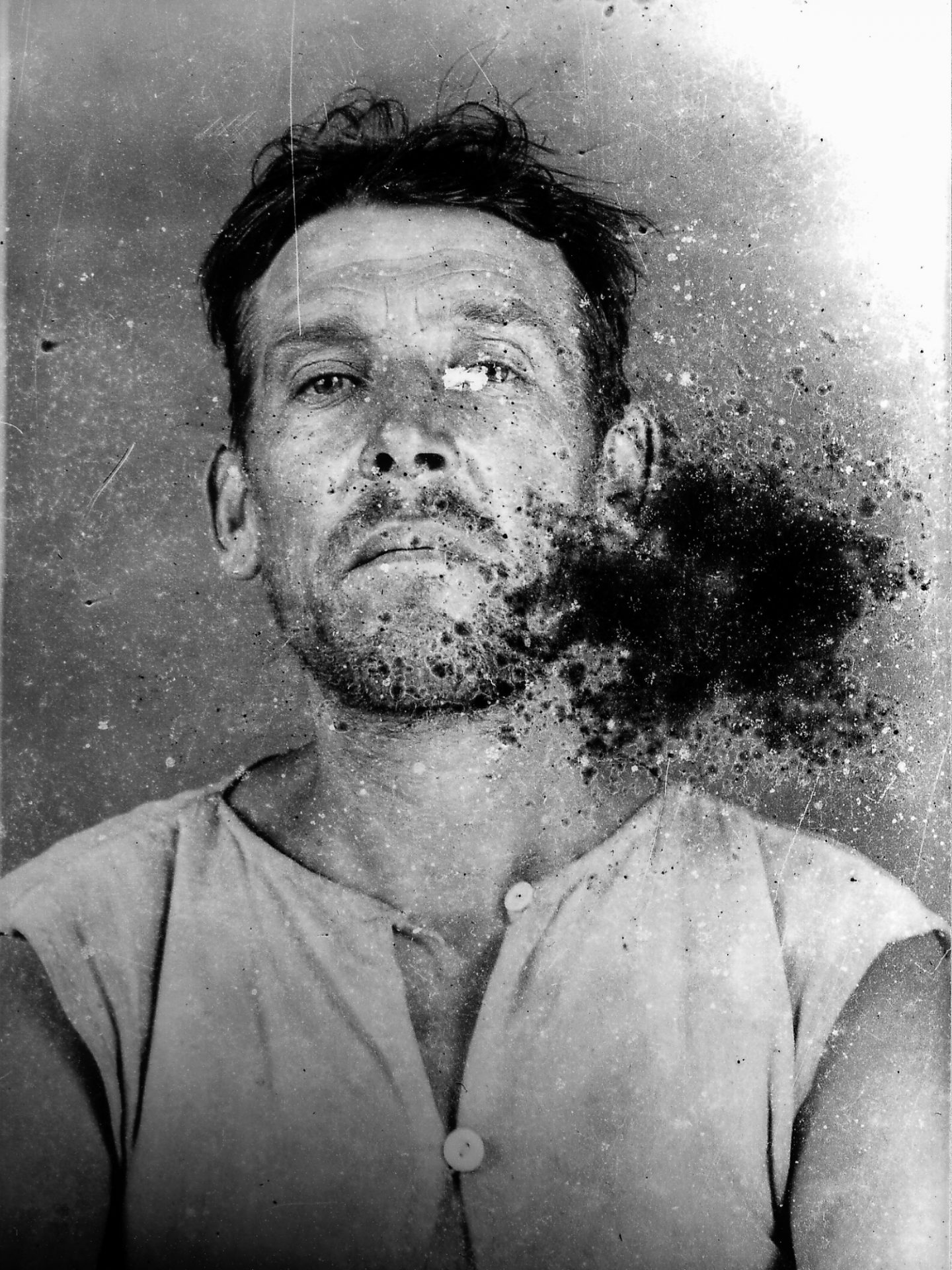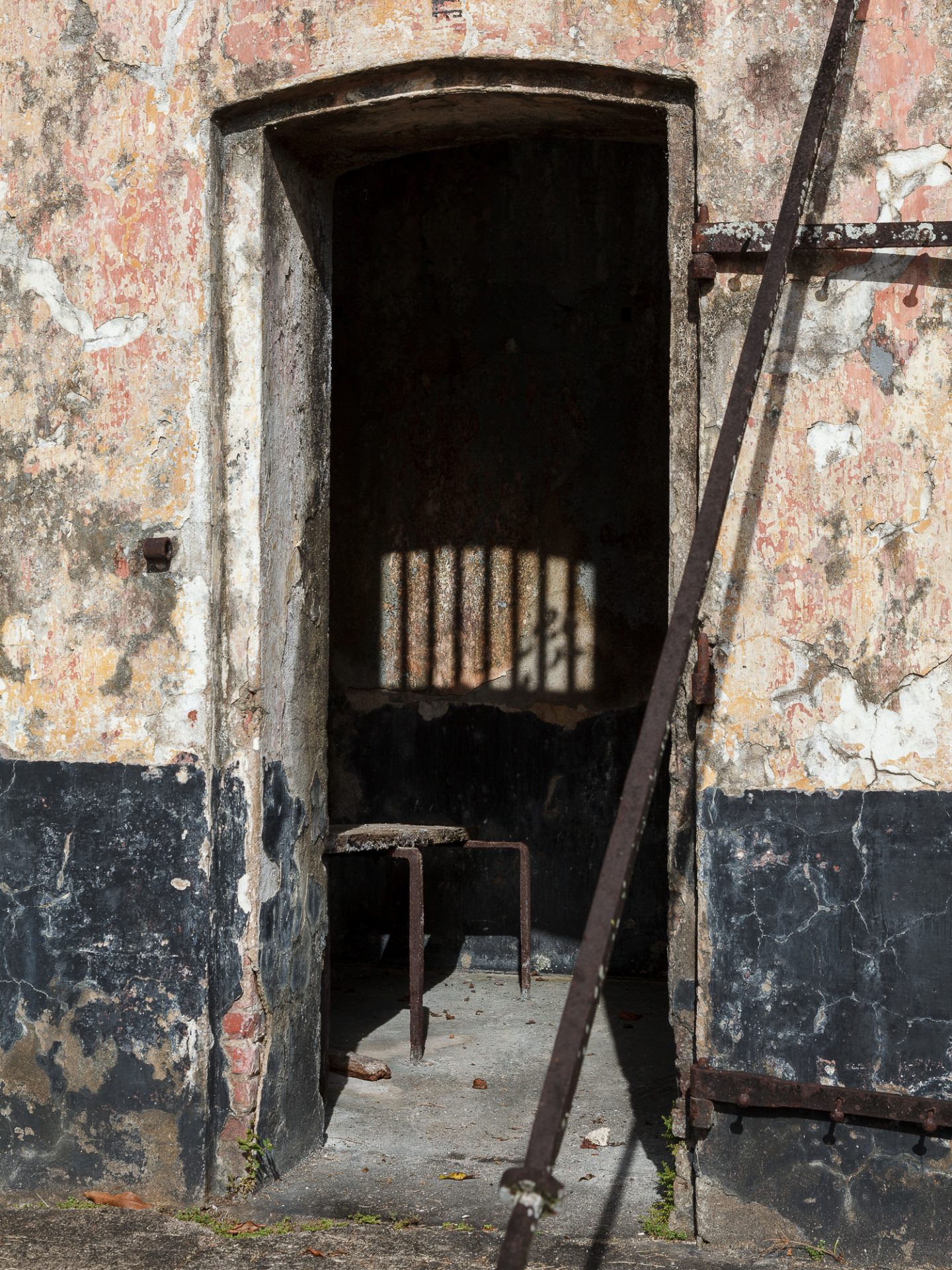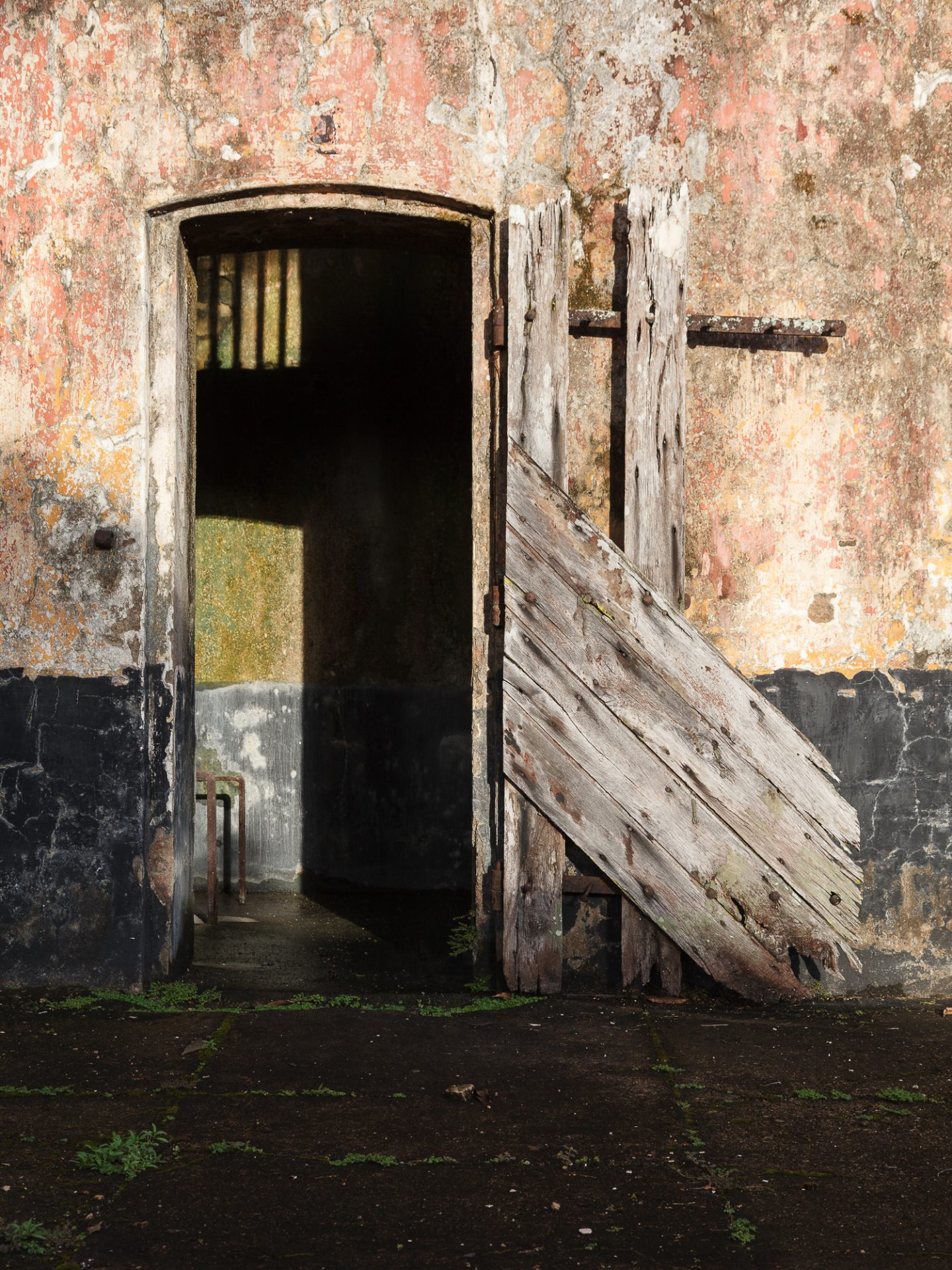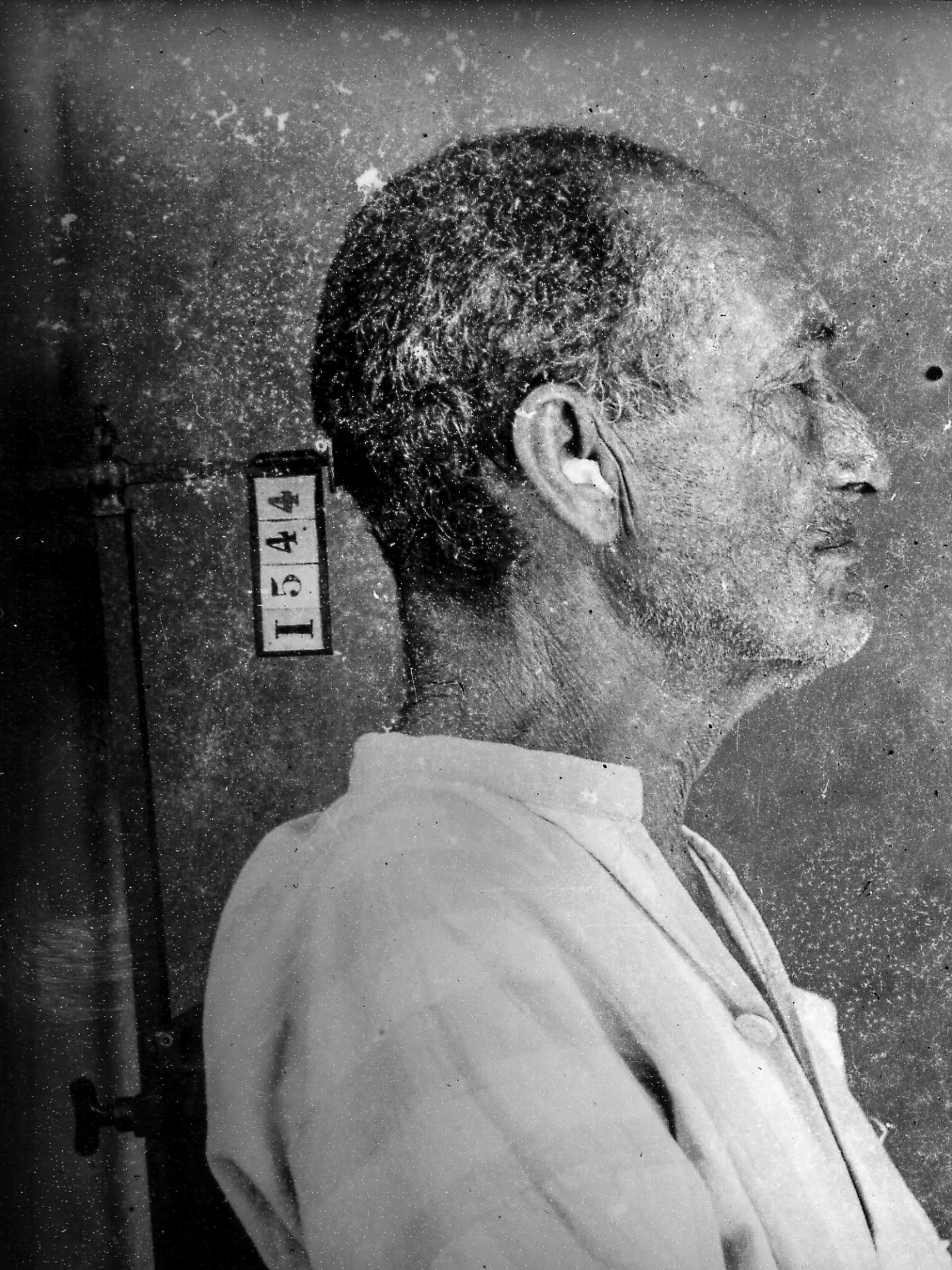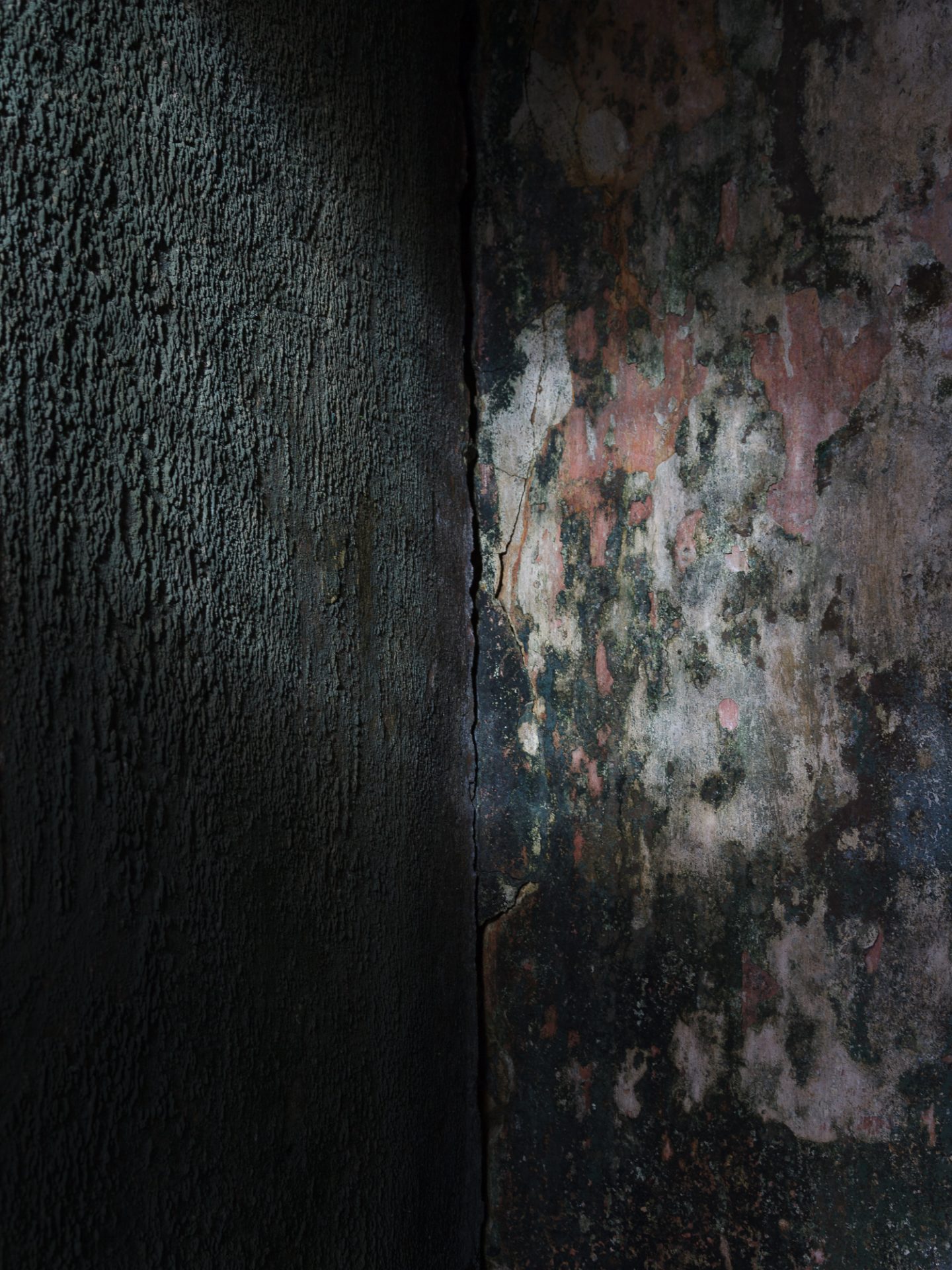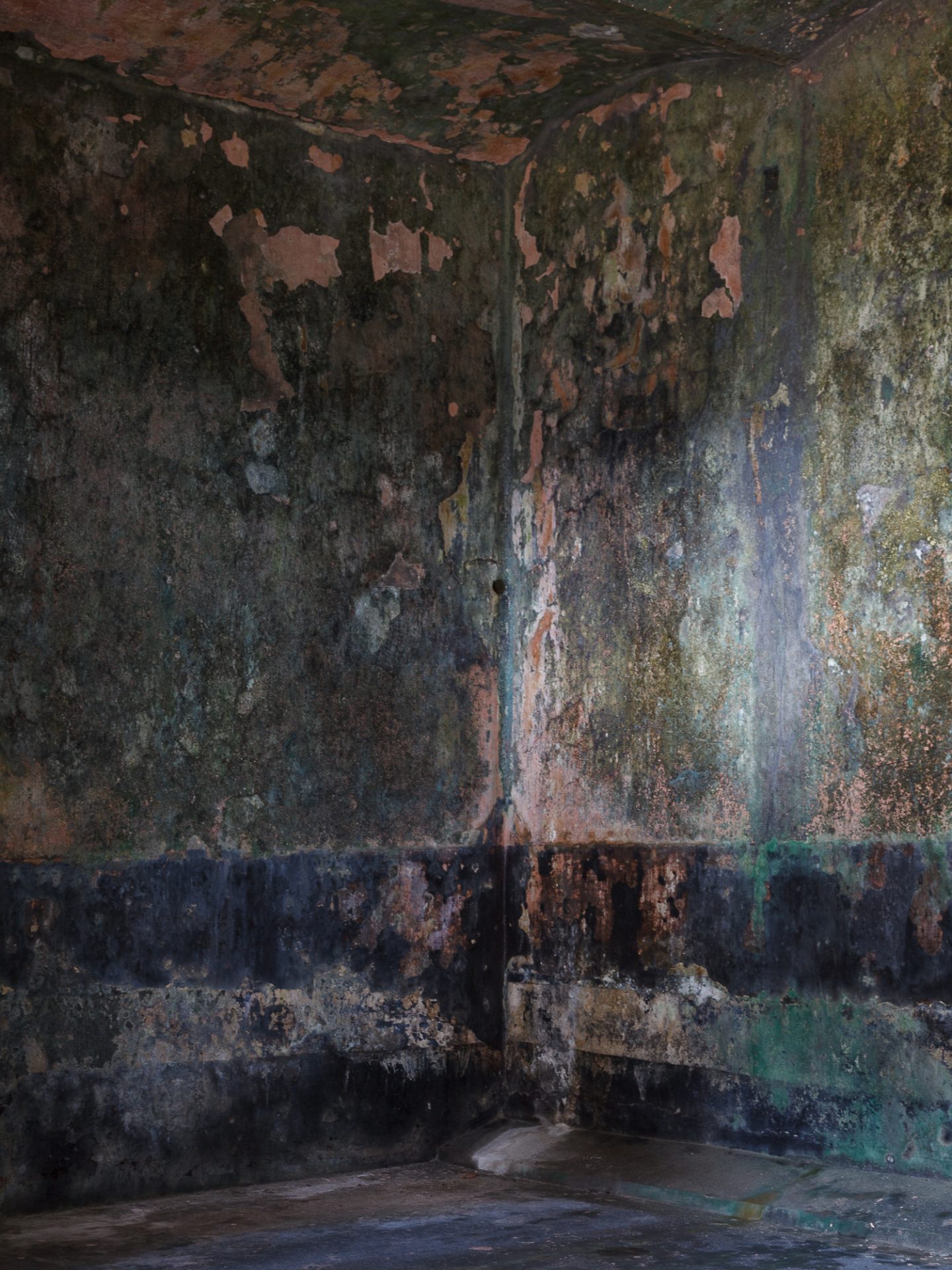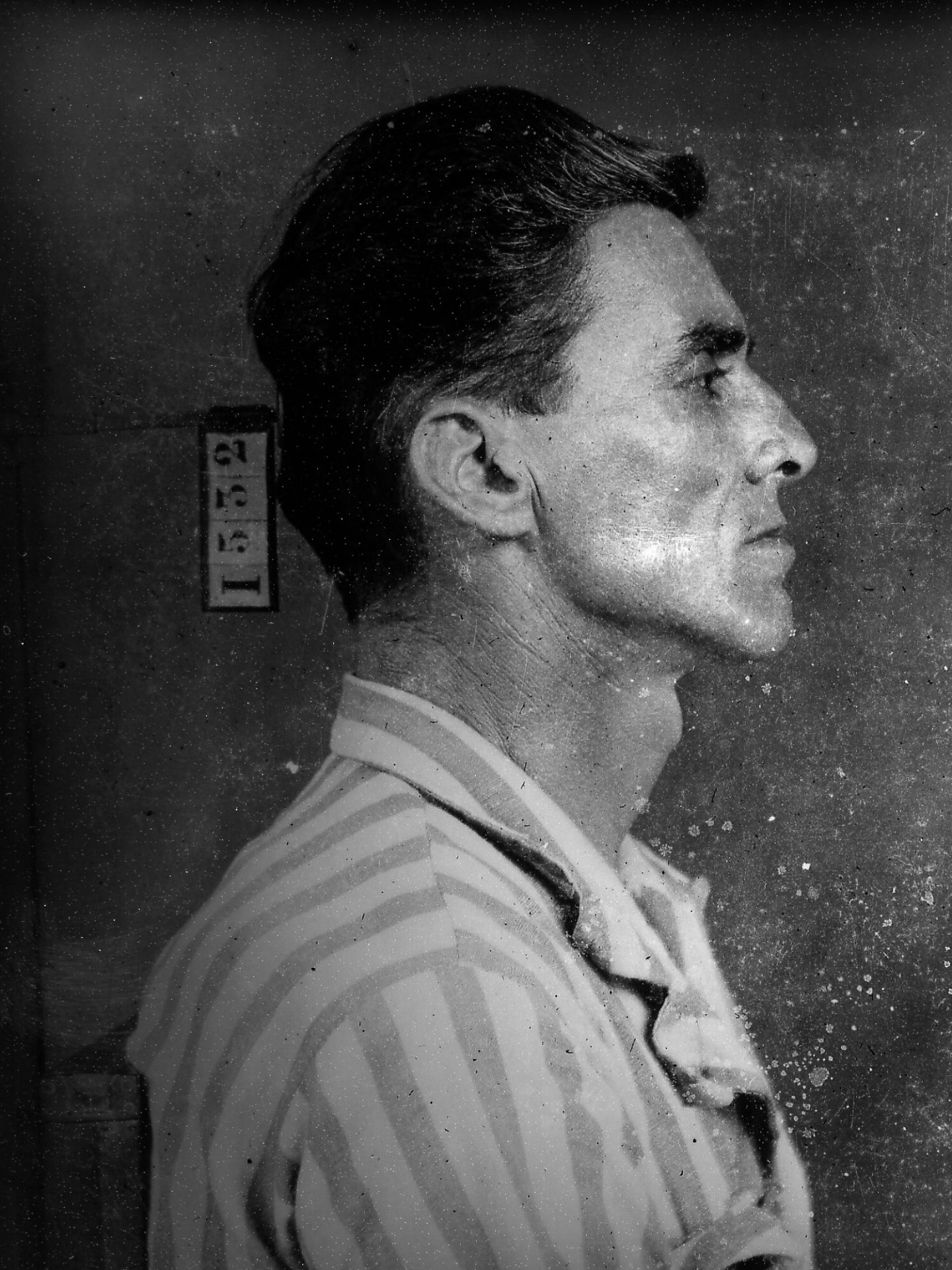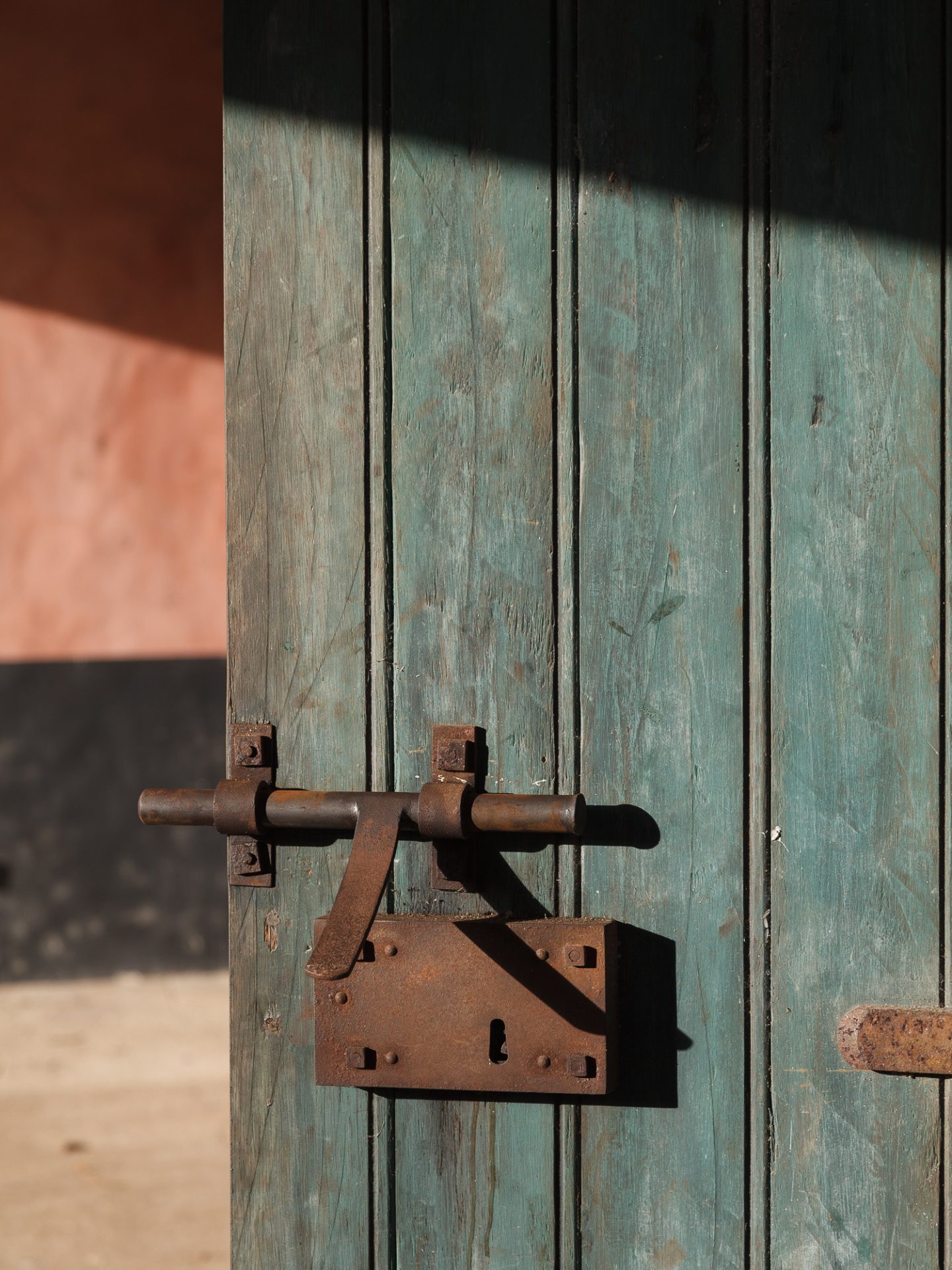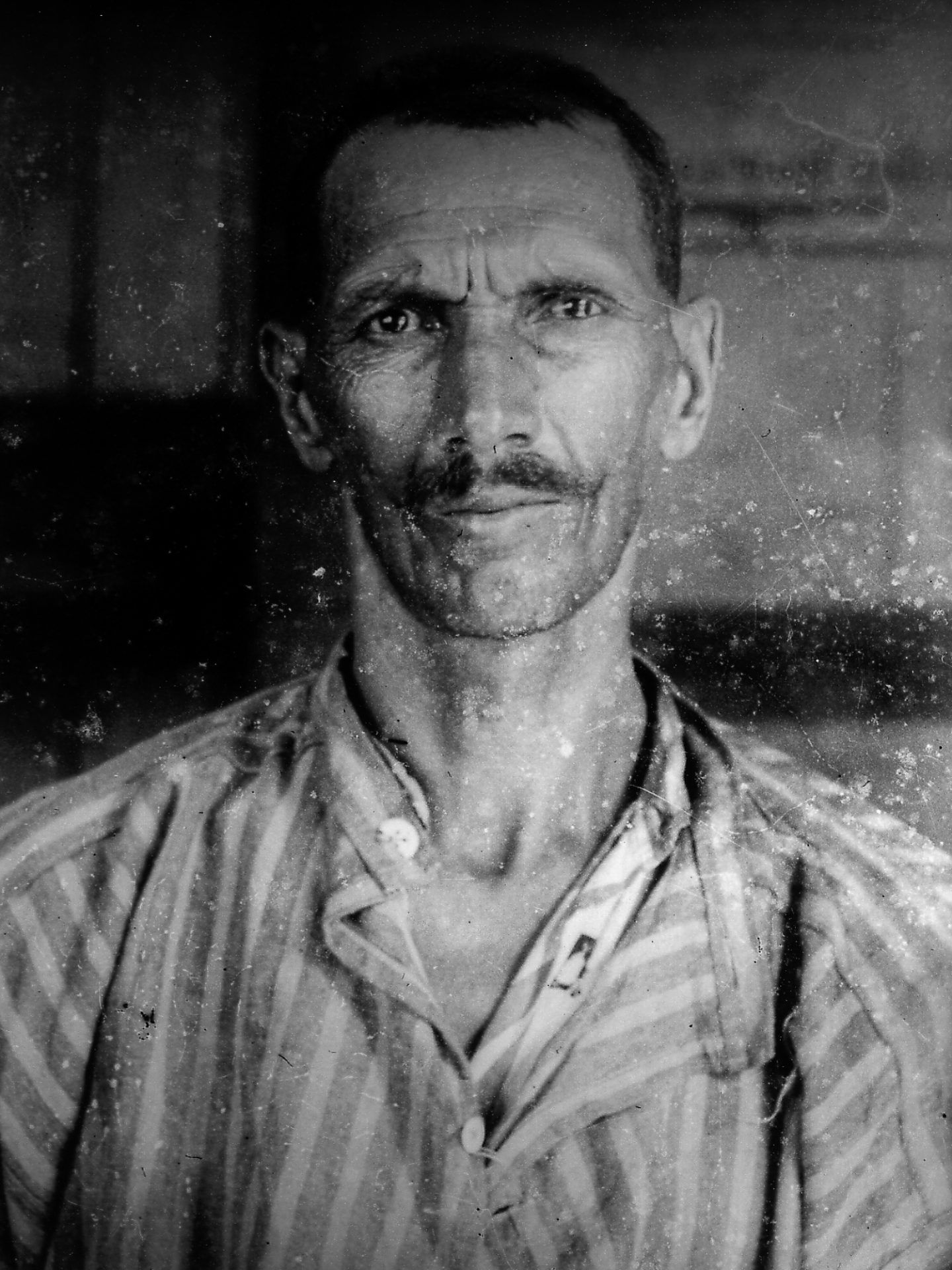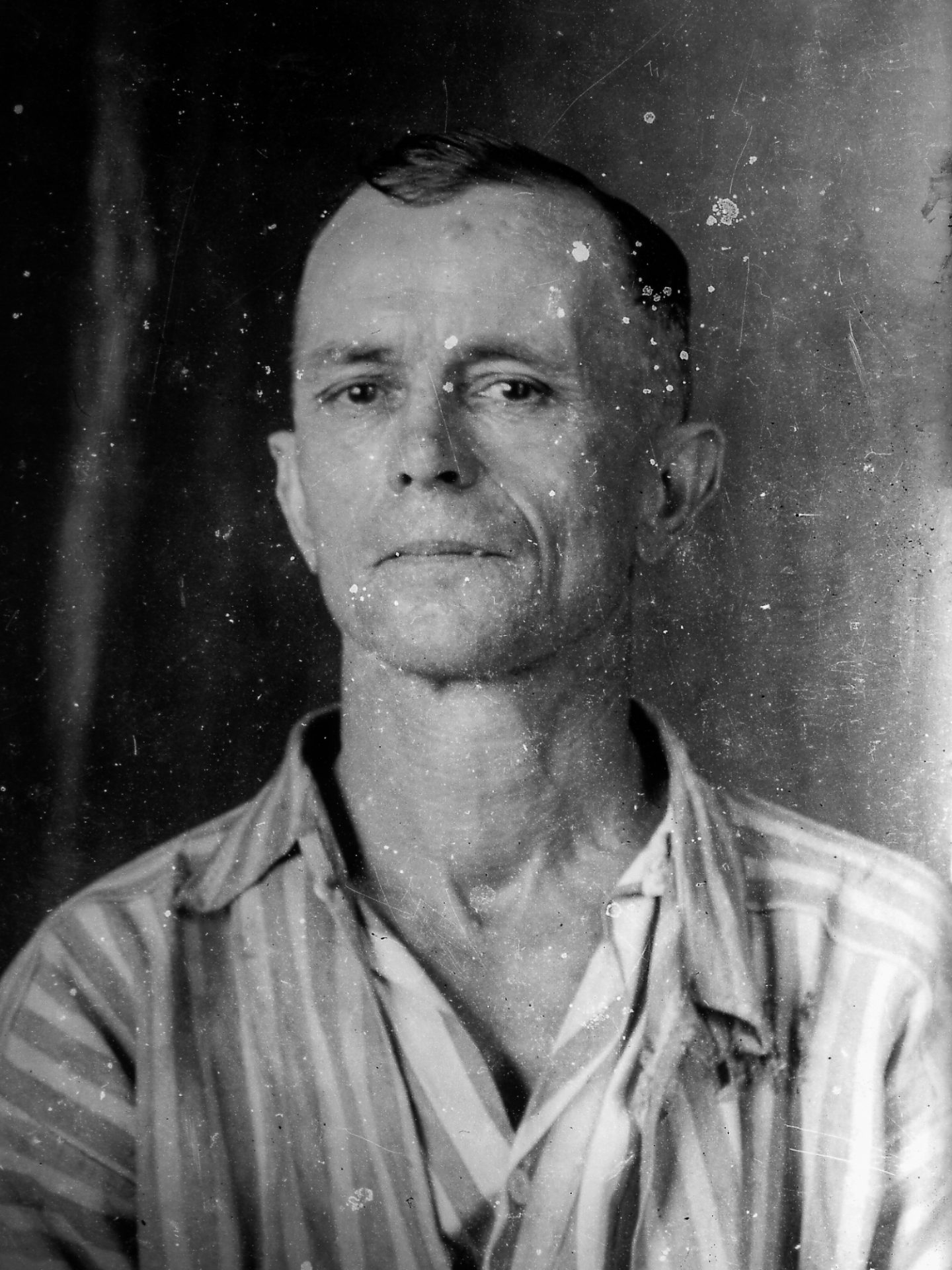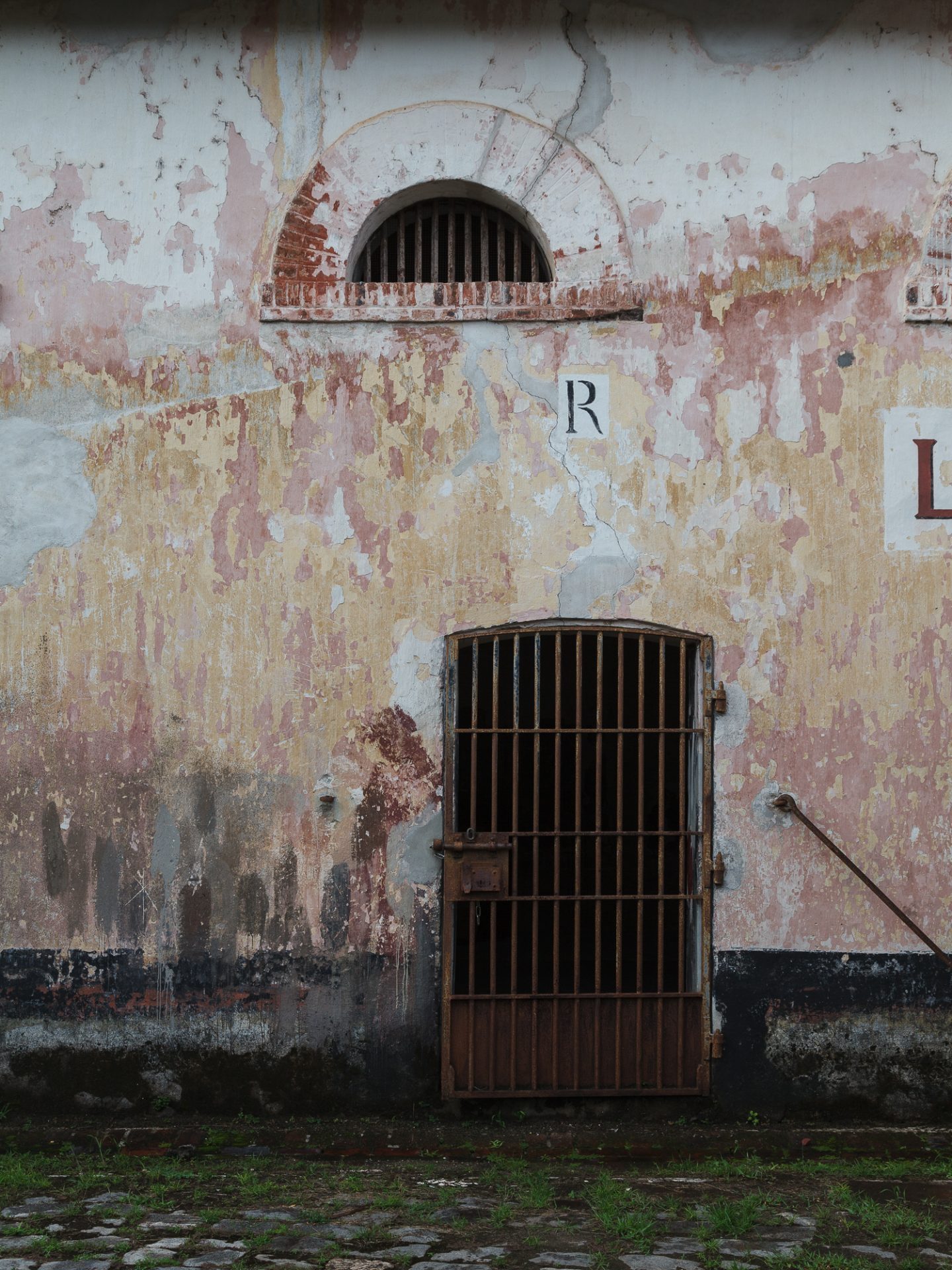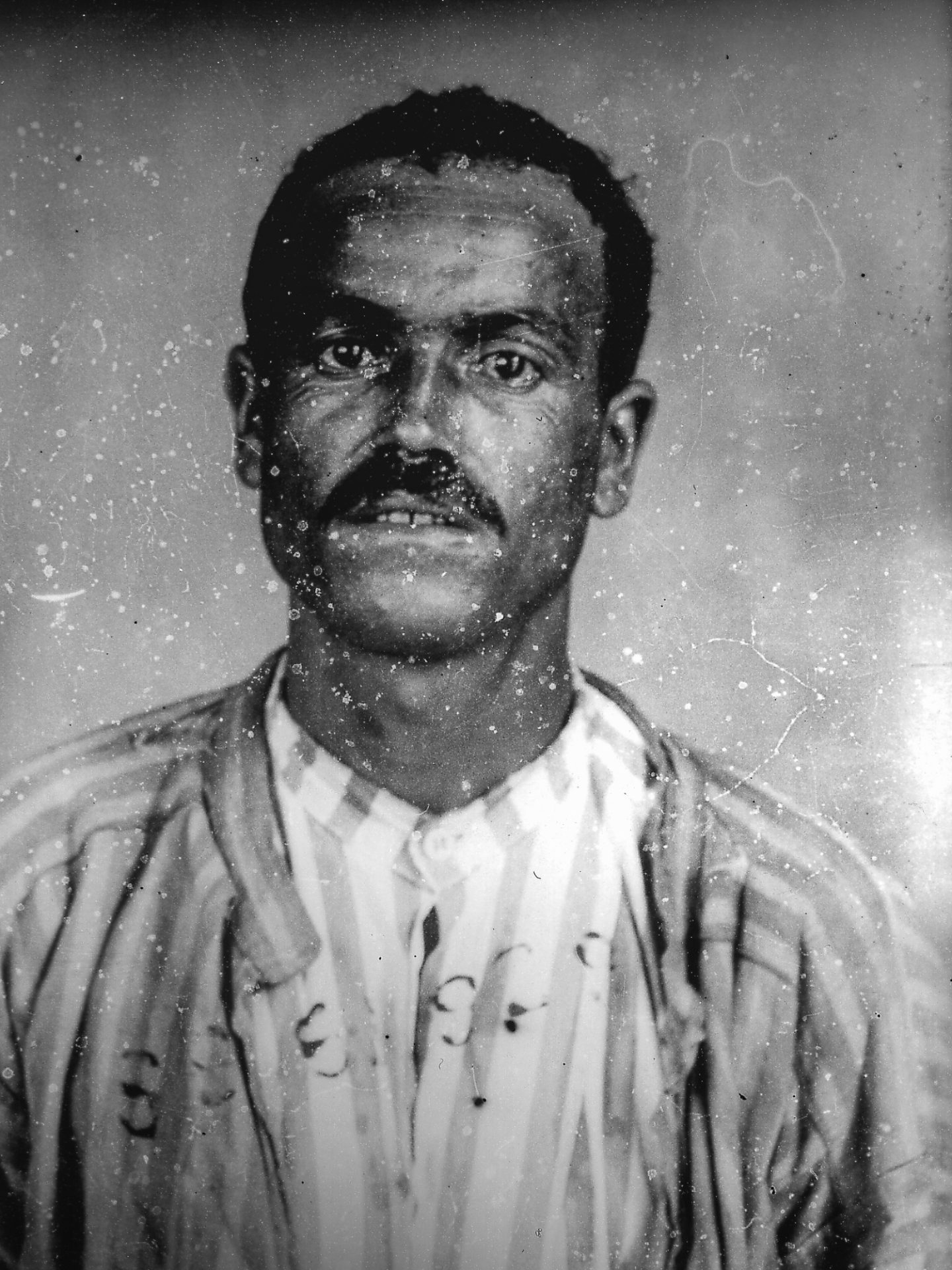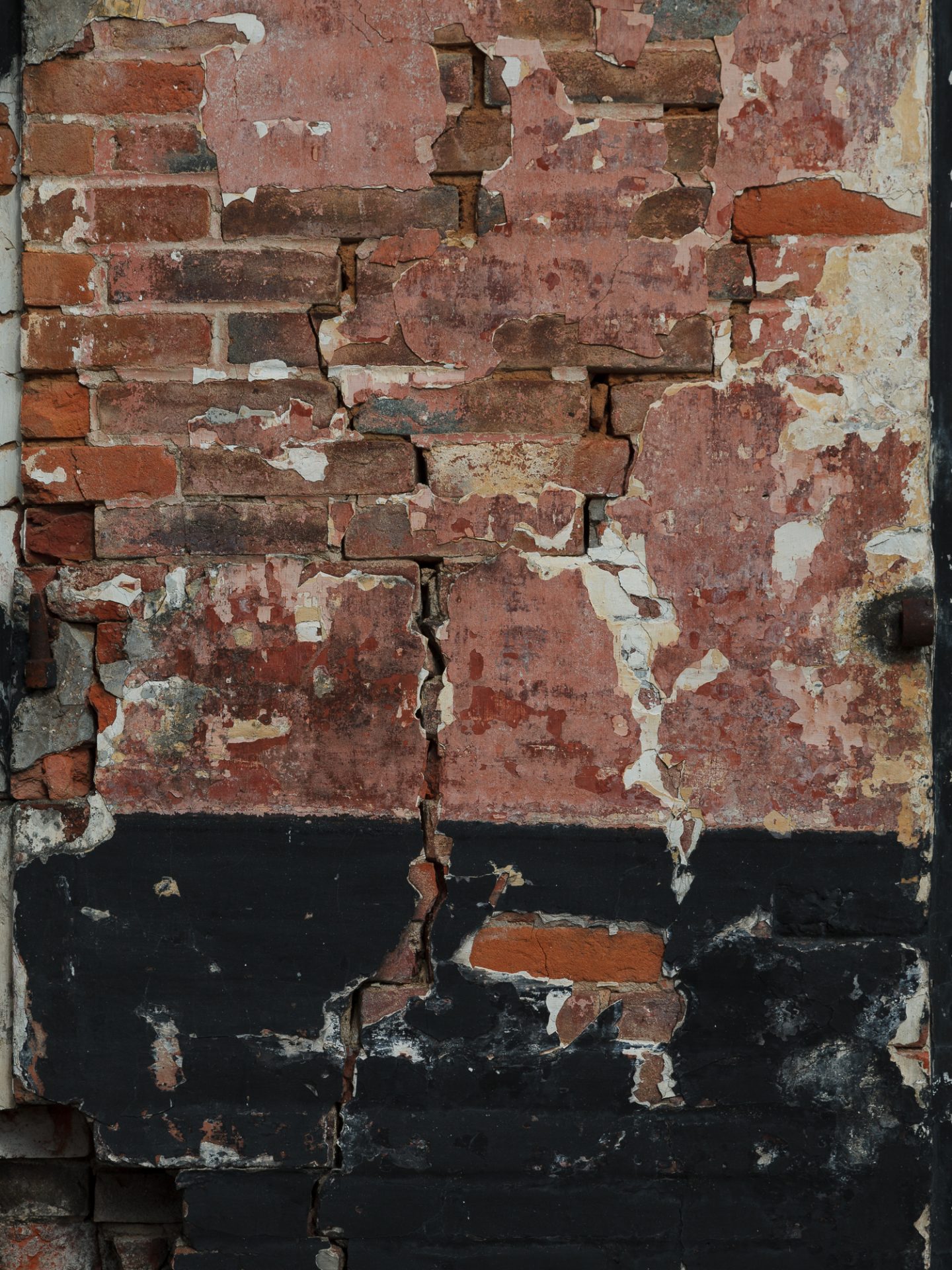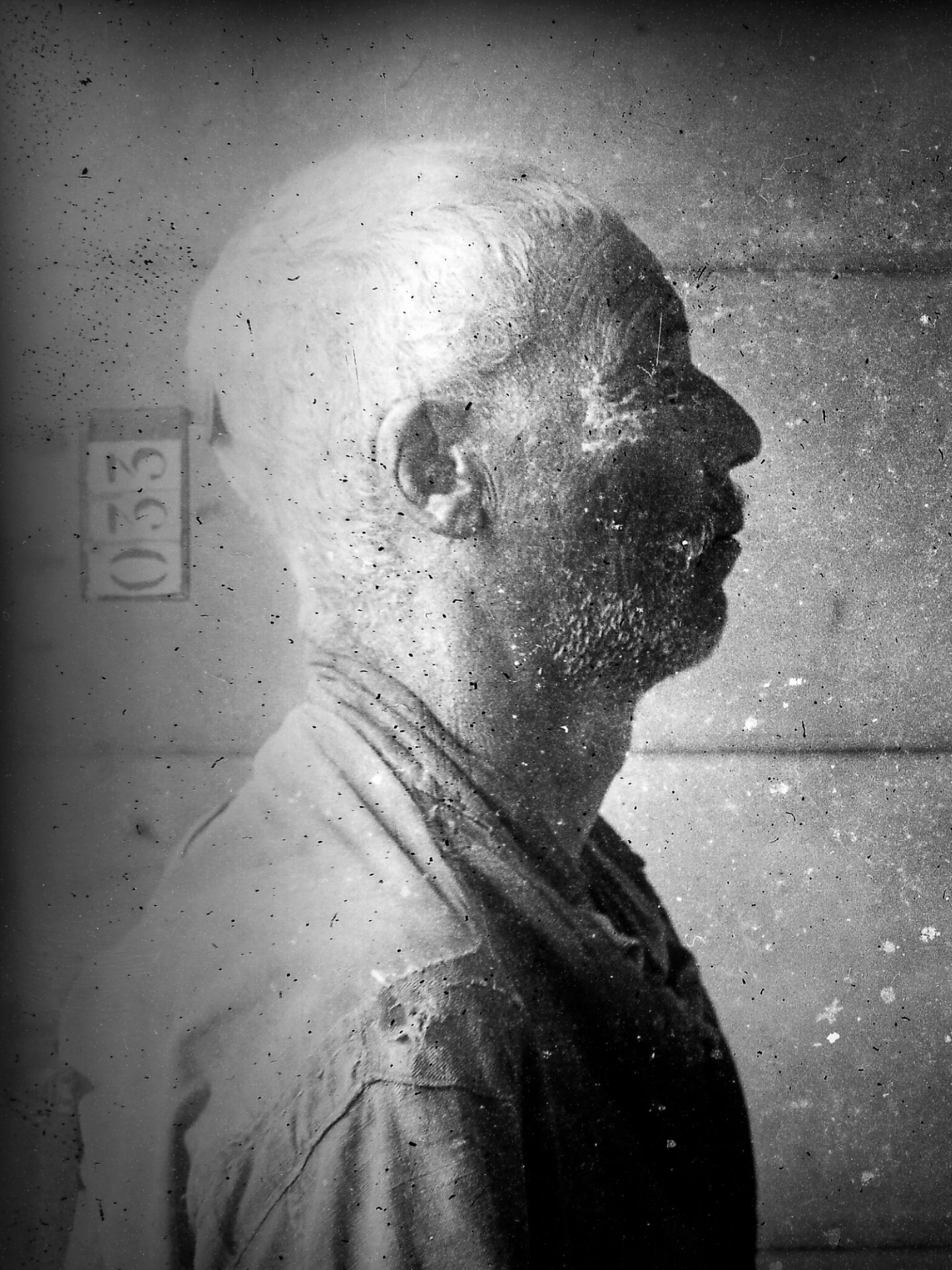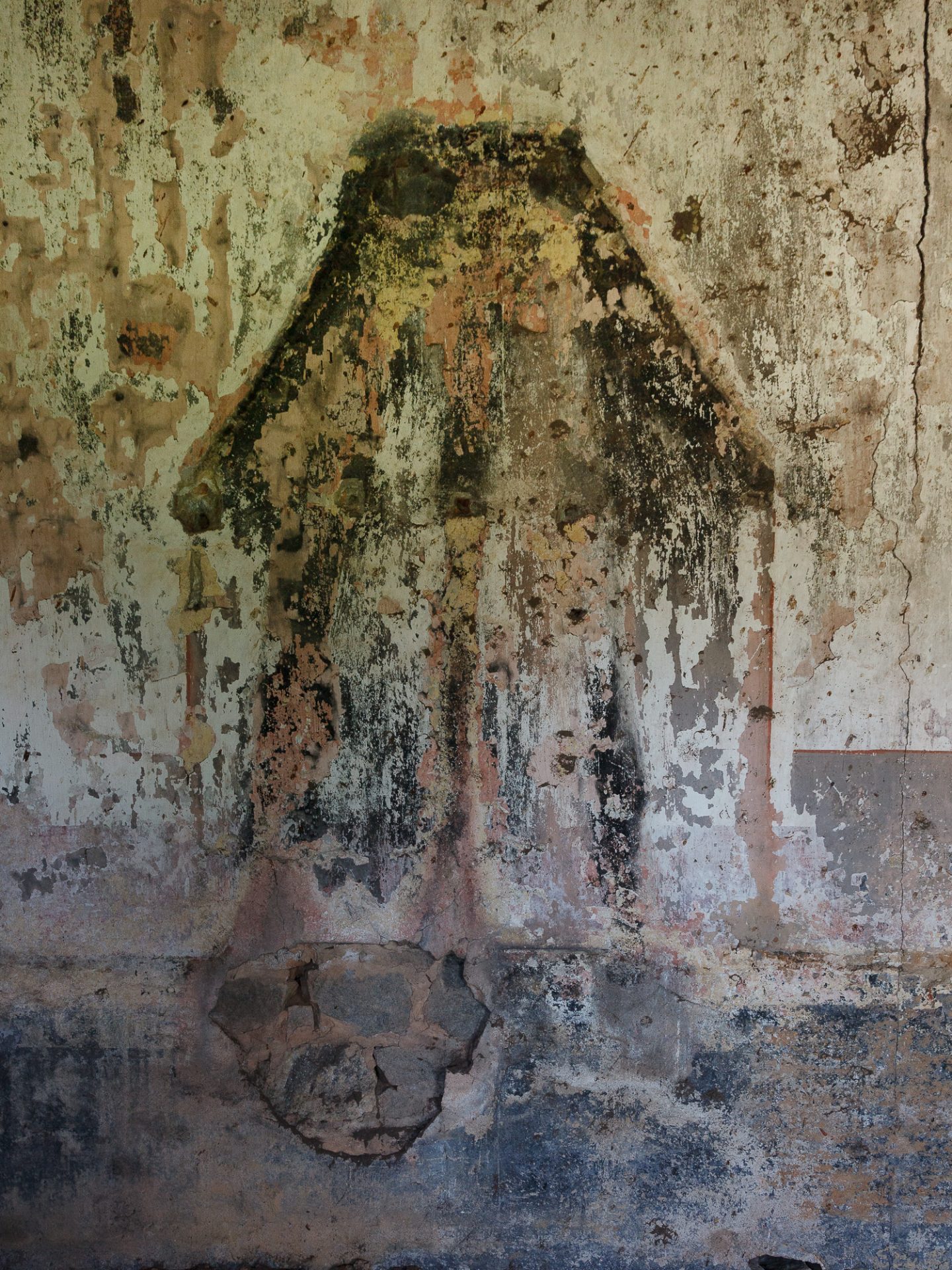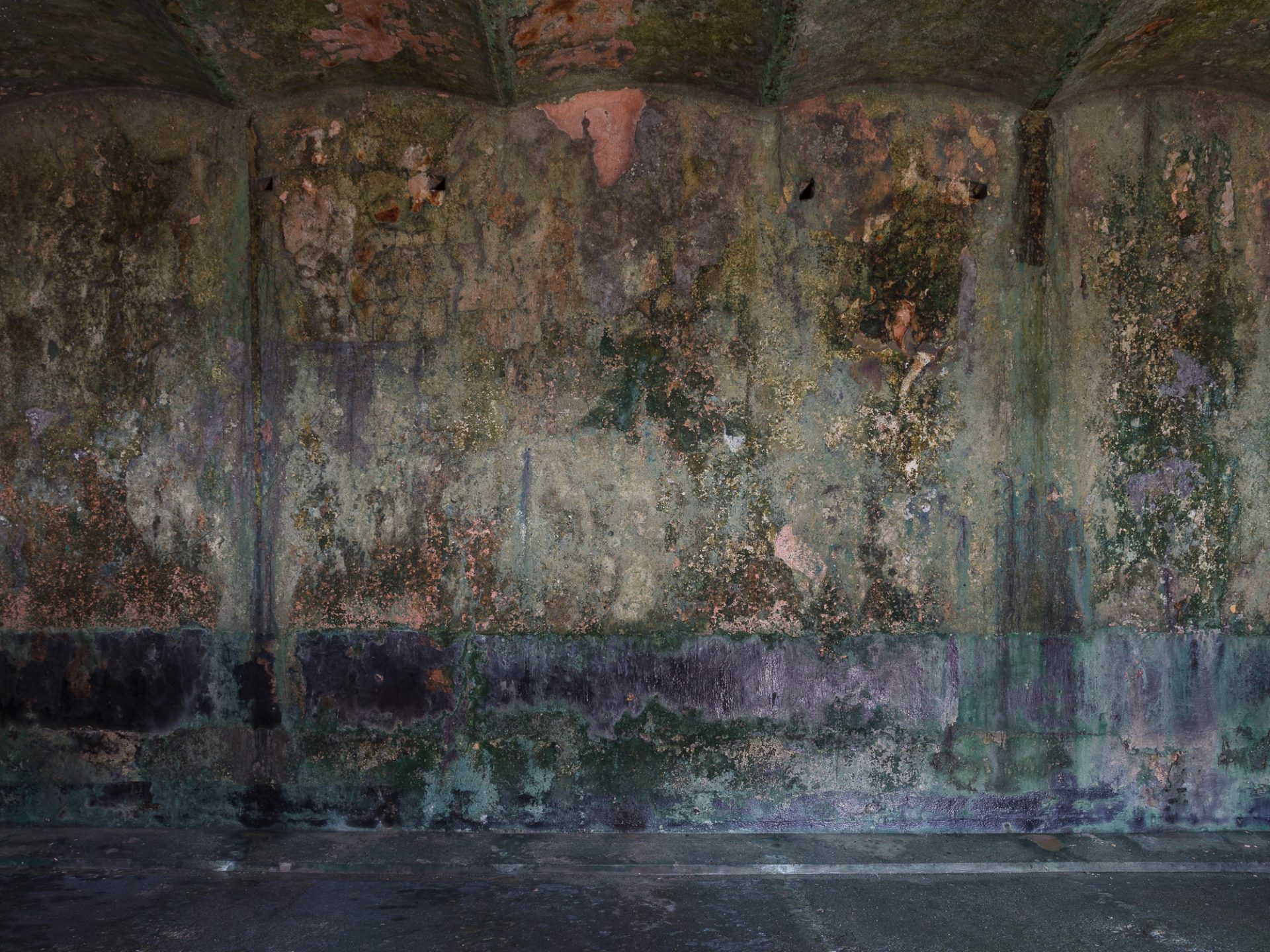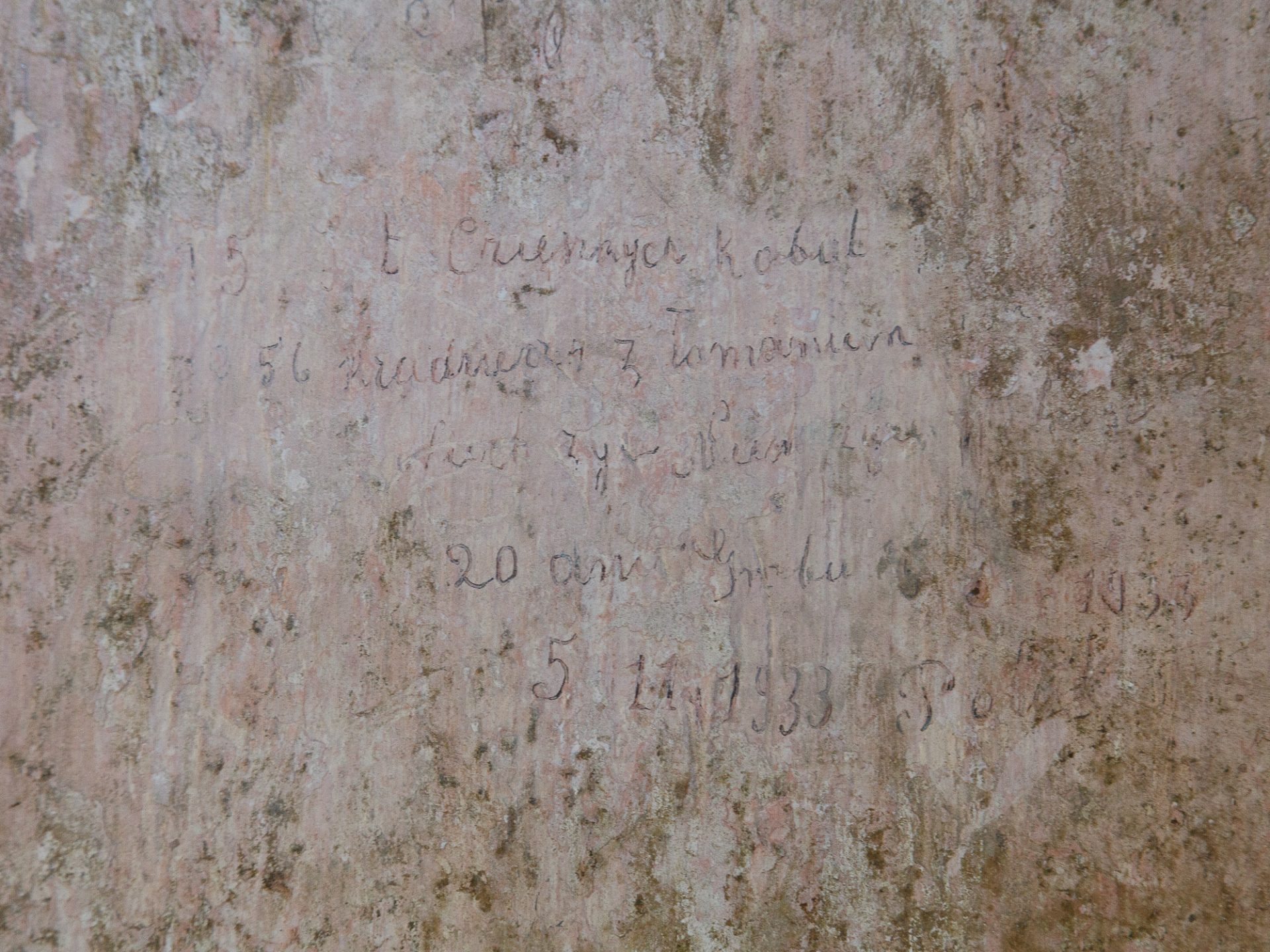Penal colony
By diving into the stories of the galleys, I found all heroism. all the dignities, all the fervors, but also all the inhumanities, the aggressive denials, the height of suffering and indignities, the absolute of courage and weaknesses, a mind-blowing concentrate of what makes man: deflagrations of shadows and lights, lights in the shadows and shadows that light up. And all of that dissipated in Guyana’s memory, or was pushed away from the degraded Guyana consciousness. But forgetfulness is sometimes remembered…
read more
Because the penal colony found itself in the living heart of Guyana in the same marginal way as slavery, Amerindian resistance, the flight of brown Africans, gold-diggers’ fever, Chinese settlement … The roads, the tracks, the railways, the drainage works, the construction of the buildings, the pipes, the dikes, the maintenance of the boroughs, the administrative and commercial activity, the artistic memory: not a space which did not profit from the industry of a convict, not a convict who was born giving a little of his life, his pain, his blood, his rage to survive, his talent for this country.
Guyana was also born from these silent miseries there, from these underground memories there. All these memories also belong to him. One of them will run out of valuable inventories and the momentum of Guyana will be upset.
The penitentiary buildings of horror, overwhelmed by the ages, weathered by time, have turned not into monuments, but into Traces-memories. And these vestiges, although they are of colonial essence, tend to the paradox of not testifying to colonial domination, but of those who, from below, hailed towards more oxygen – I mean towards more humanity.
Patrick Chamoiseau. Extrait de Traces-mémoires du bagne.
read less
